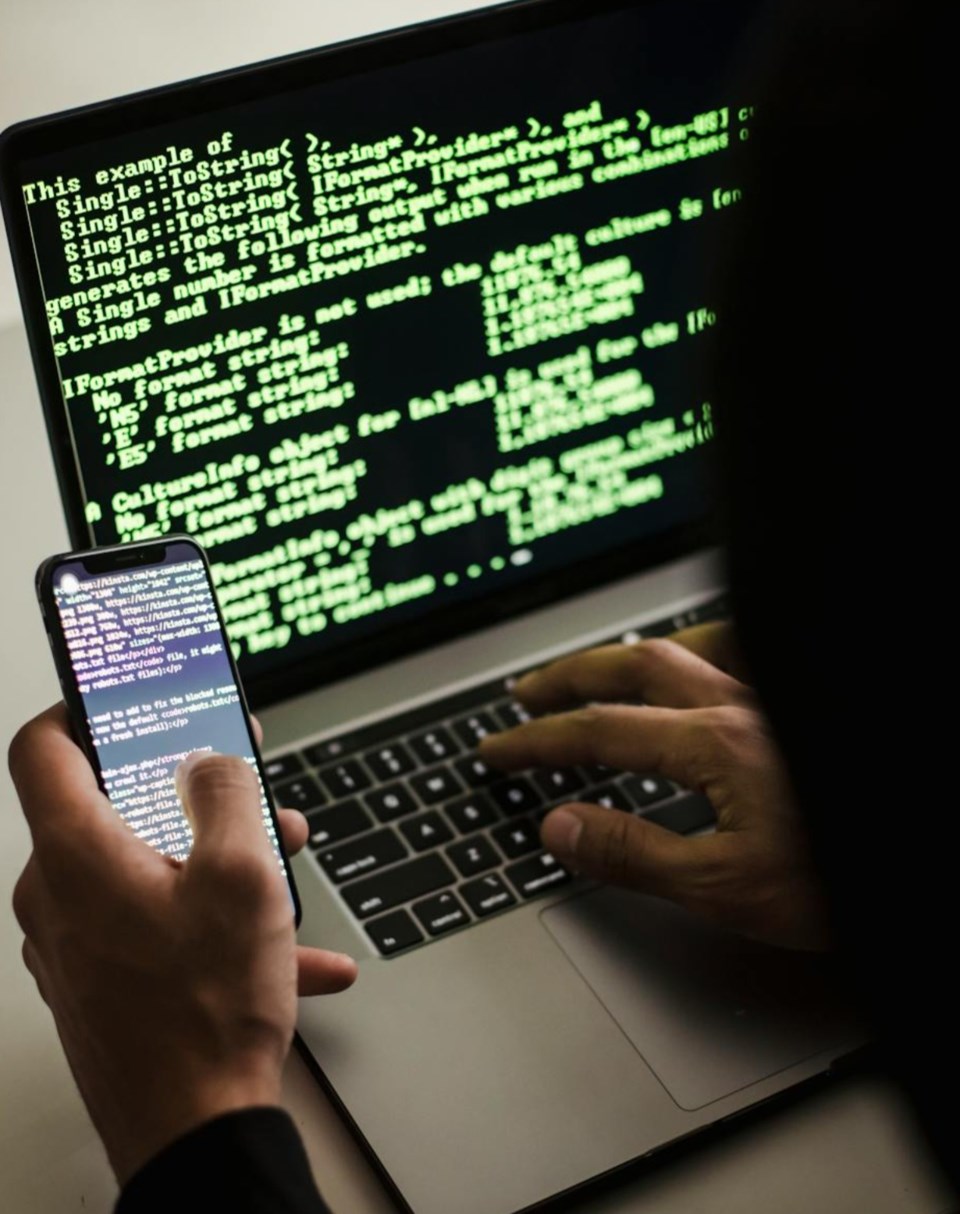BARRHEAD – It is likely only a matter of time before the Pembina Hills School Division falls victim to hackers looking for weak points, said director of IT for the division.
Director of Information Technology for the Pembina Hills School Division, Alex Mottus, provided current cybersecurity actions and strategies at the Wednesday Dec. 18 board meeting.
“We have millions of taps on our door a day. It is constant that there always prodding (by hackers) looking for weak points,” said Mottus.
“The classic quote is ‘it's not IF it's when’ and I hate to say that but it's true. There are divisions that have already been caught across the province.”
Mottus said Pembina Hills School Division has been fortunate because there have been a couple of close calls, but the IT team caught them before something went sideways.
He went on to explain that people can get access into a network system and are wandering around basically compromising your data before they were discovered.
One strategy is to implement two-factor logins with students.
The IT team has a pilot trial happening in the elementary school to test out the idea.
Mottus explained that they will provide students with a QR code and their password which would be used together for log-ins.
He commented that two factor logins are critical for anyone using computers today as security to protect your information.
“It is a top threat where they get in and they lock your data so you can’t actually access it and basically pay to get access back,” said Mottus.
His national cyber threat assessment reported that ransomware is the top threat facing Canada’s critical infrastructure.
Examples of companies that have already been hit by these ransomware situations like London Drugs and Canadian Tire were relayed.
“This is not going away. It's only going to get stronger and more sophisticated,” said Mottus.
“We've already started investing here, about $ 100 thousand last year.”
This focus on cybersecurity is going to increase costs.
The Pembina Hills School Division IT department uses Sentinel One, an AI-powered cybersecurity tool.
They are currently investigating using 24-hour support teams like SOC and SEIM to monitor the system and activities.
Pembina Hills already uses offsite backup systems for Disaster recovery.
The IT team is staying on top of the latest information on cybersecurity threats and has connected with the Cyber Alberta organization, attending open house discussions about the latest happenings.
Phishing is the number one method of breaching systems and computers and user training with resources is a focus for the organization.
“It's still the most dangerous one because if I can get you to give me your credentials it's a heck of a lot simpler for me to get inside your network,” said Mottus.
Mottus gave an example of how many passwords are saved on a system.
If someone uses their school log-in to access their email on a home computer that does not have security protection it can allow a hacker to get into their system.
With that access the hacker can get into any other system currently open on that computer.
If a student opened their email on an unsecured computer the hacker could access the school system, the person’s bank accounts, credit card accounts, other personal data stored on that computer and any passwords saved on the system.
This opens the door for hackers to lock out users from the system, access personal information and perform identity theft.
Mottus explained that password resets with students who have lent their passwords to other students happens often.
The new QR code reduces the chances of anyone else accessing confidential or private information.
Mottus said that hackers are likely to look at multi-system users to access organization networks and that is another area that puts the systems at risk.



